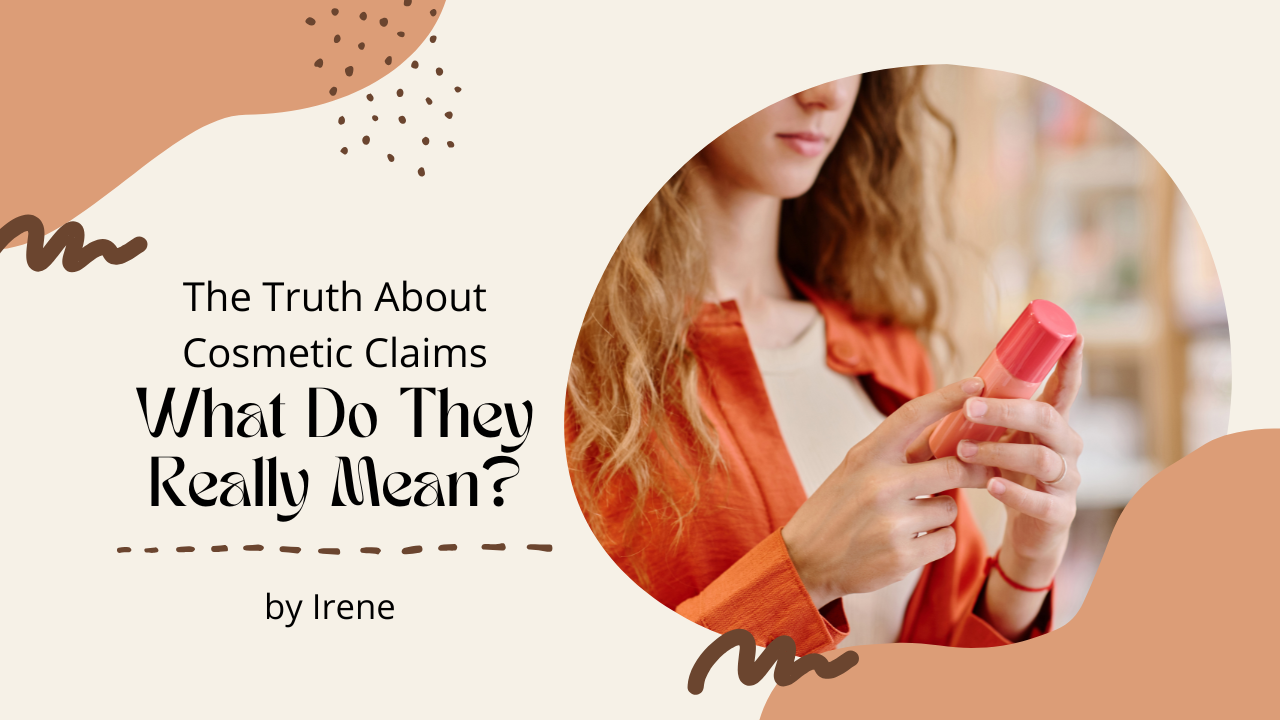In today’s world of beauty products, promises abound. From anti-ageing elixirs to dermatologist-approved lotions, cosmetic brands often use powerful words to attract consumers. But do these cosmetic claims hold any weight, or are they clever marketing tactics? With beauty purchases usually driven by promises of healthier, younger-looking skin, it’s essential to understand what these cosmetic claims mean.
This post explores some of the most common cosmetic claims, separating truth from fiction. Armed with this knowledge, you’ll be able to navigate the beauty aisles with confidence, knowing which claims to trust and which to question.

Understanding Cosmetic Labels and Cosmetic Claims
The terminology on cosmetic products can be both overwhelming and misleading. Terms like “hypoallergenic,” “organic,” “natural,” and “cruelty-free” often lack strict regulatory definitions, leaving room for brands to interpret them loosely. Although regulatory bodies like the FDA in the U.S. and the EU in Europe enforce some standards, many of these cosmetic claims don’t have strict regulation, especially when it comes to terms like “natural” or “hypoallergenic.”
In general:
Hypoallergenic means the product is less likely to cause an allergic reaction, but there’s no governing body strictly defining what this entails.
Cruelty-Free usually indicates no animal testing was done on the final product, but it doesn’t always guarantee that the ingredients weren’t tested on animals at some stage.
Natural and Organic are also frequent, but standards vary by country. In the U.S., for example, USDA-certified organic products must meet specific criteria, but the same label on international products may have different standards.

Popular Claims and the Truth Behind Them
Anti-Ageing Products
Anti-ageing is perhaps the most prolific claim in cosmetics. These products promise to reverse wrinkles, lift sagging skin, and restore a youthful glow. But can a cream or serum really turn back the clock?
The Reality: Anti-aging creams often work by hydrating the skin, which can temporarily reduce the appearance of fine lines. Some ingredients, like retinoids, do have proven benefits for reducing signs of ageing, but they don’t truly reverse ageing. Instead, they promote cellular turnover and can improve the skin’s texture and elasticity over time.
Bottom Line: Anti-aging products may reduce the appearance of ageing temporarily but can’t reverse the biological process. Look for ingredients like retinoids, peptides, and antioxidants for the best results.

Organic and Natural
Organic and natural products have increased in popularity as consumers seek safer and more sustainable beauty options. However, without a standardized definition, these terms can be misleading.
The Reality: Organic generally implies that the ingredients are grown without synthetic fertilizers or pesticides, but “natural” often lacks clear regulation. Just because a product is natural doesn’t mean it’s safe or effective for your skin. Poison ivy is natural, for example, but isn’t beneficial for skincare.
Bottom Line: Certified organic products undergo rigorous testing, but “natural” ingredients can be irritants. Always do a patch test, even with natural products, to avoid reactions.

Cruelty-Free and Vegan
As ethical beauty becomes more important, cruelty-free and vegan claims are seen on more products. But are they what they seem?
The Reality: Cruelty-free indicates no animal testing on the final product, but the ingredients may still have been tested on animals. Vegan means the product contains no animal-derived ingredients, but it doesn’t guarantee the product wasn’t tested on animals.
Bottom Line: Look for certifications from organizations like Leaping Bunny or PETA if cruelty-free or vegan standards are important to you.
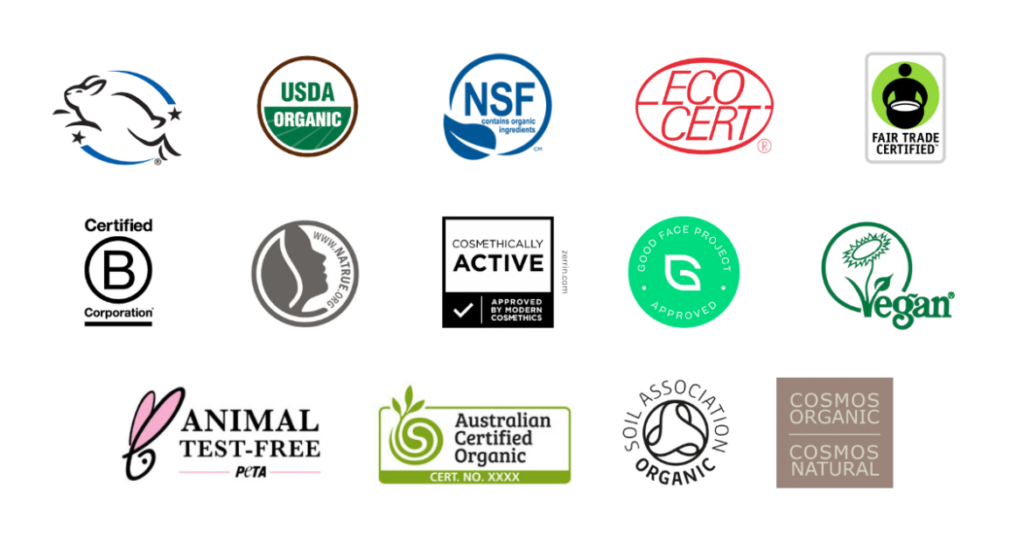
Hypoallergenic
The term hypoallergenic suggests a product is less likely to cause an allergic reaction, which is especially appealing to those with sensitive skin.
The Reality: There is no universal standard for hypoallergenic products, and manufacturers aren’t required to meet specific criteria to label products this way. It’s up to the brand to decide what hypoallergenic means for them, which could vary greatly.
Bottom Line: Hypoallergenic isn’t a guarantee of safety. If you have sensitive skin, look for products without fragrances or known irritants, and do a patch test first.
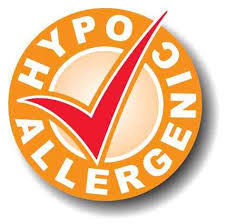
Non-Comedogenic
Non-comedogenic products claim to avoid clogging pores, making them ideal for acne-prone skin. But how reliable is this label?
The Reality: Non-comedogenic testing varies widely between brands. Some ingredients known to clog pores might still be present in products labelled as non-comedogenic.
Bottom Line: This label can be a helpful guide but isn’t foolproof. Experiment to see how your skin reacts, as everyone’s skin is different.
Ingredient-Specific Cosmetic Claims
Hyaluronic Acid
Often hailed for its hydrating properties, hyaluronic acid can attract and retain water in the skin, providing a plumping effect.
Hyaluronic acid is effective for hydration, especially when combined with a moisturizer to lock it in. However, it doesn’t work the same way for everyone, and some find it drying in low-humidity environments.
Hyaluronic acid is effective but follow with a good moisturizer to prevent moisture loss.
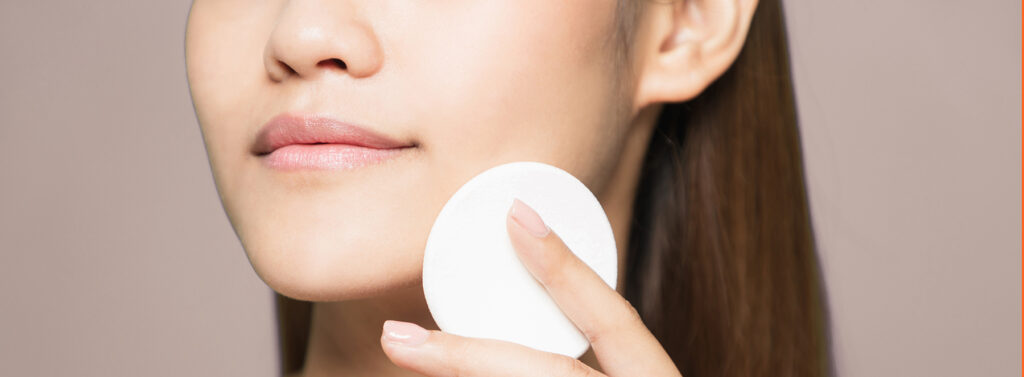
Collagen and Elastin
Collagen and elastin are key components in youthful skin. Many products claim to replace lost collagen by applying it topically.
The collagen molecules are too large to penetrate the skin deeply, so their effects are mostly surface-level. Peptides, which can signal collagen production, may offer more significant results.
Collagen creams are moisturizing but won’t drastically increase collagen production in the skin.

Activated Charcoal
Activated charcoal is known for its detoxifying properties, which makes it a popular ingredient in masks and cleansers.
Charcoal binds to impurities and can eliminate excess oil, making it useful for oily skin types. However, its effectiveness varies depending on concentration and formulation.
Charcoal can be beneficial in moderation, but it may not be a miracle detoxifier.
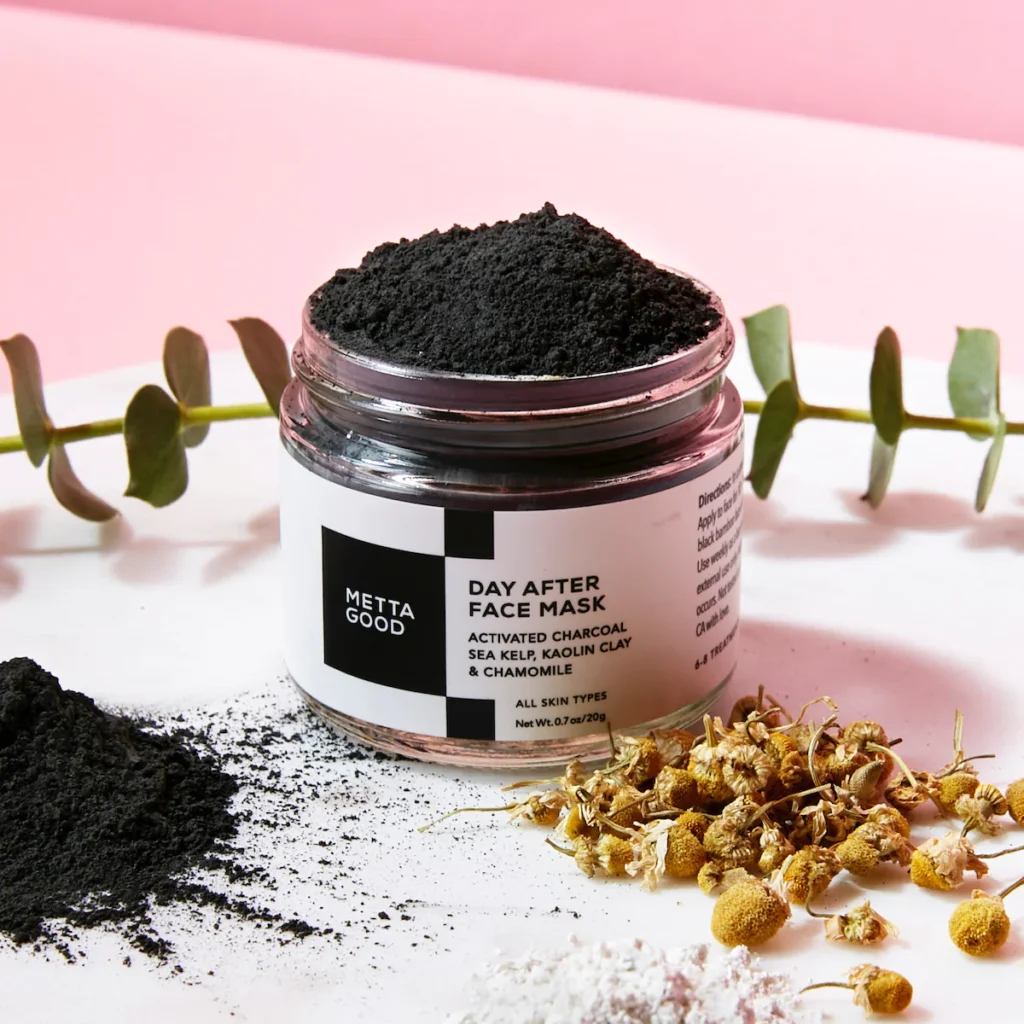
SPF and Blue Light Protection
Many products boast protection from UVA/UVB rays and blue light emitted from screens.
SPF is essential, and mineral filters like zinc oxide are effective in broad-spectrum protection. However, blue light protection isn’t always necessary for daily life, as it doesn’t penetrate skin deeply compared to UV rays.
Solar protection is a must, but blue light protection may be more relevant if you’re frequently exposed to screens.

Debunking Myths: Marketing Cosmetic Claims to Watch
Clinically Proven
Brands often use “clinically proven” to suggest products underwent scientific testing.
“Clinically proven” could mean almost anything, from small studies with limited participants to short-term trials. Be wary of broad claims without specific evidence.

Instant Results
Some products claim instant results, suggesting you’ll see immediate improvements.
While some ingredients can temporarily plump or tighten skin, lasting changes are rare without consistent, long-term use.
Paraben-Free
Parabens are a group of preservatives that prevent mould and bacteria growth in cosmetics. Concerns about their link to hormonal disruption have led to the popularity of paraben-free products.
Research on parabens is inconclusive; many studies suggest they are safe in the small amounts found in cosmetics. However, some people prefer to avoid them, leading brands to replace parabens with other preservatives.
“Paraben-free” caters to consumer preference, but the health risks are not well-proven. The term doesn’t necessarily mean the product is safer, as other preservatives may have their own concerns.

Fragrance-Free
Fragrance-free products claim to have no added scent, appealing to those with sensitive skin or allergies.
The term “Fragrance-free” usually means no synthetic fragrance, but some products still contain natural fragrances from essential oils or extracts. These can also irritate sensitive skin.
Fragrance-free products are often better for sensitive skin but double-check labels for hidden fragrance components if you’re sensitive to scents.
Dermatologist-Tested/Recommended
This label implies that a dermatologist has approved or recommended the product, enhancing its credibility.
“Dermatologist-tested” often means a dermatologist was involved in some aspect of product testing, but it doesn’t indicate the results or extent of testing. “Dermatologist-recommended” might only mean a single dermatologist endorsed it.
These labels sound reassuring, but they’re not standardized. Look for evidence of testing or specific dermatologist endorsements if you’re seeking medical-grade quality.
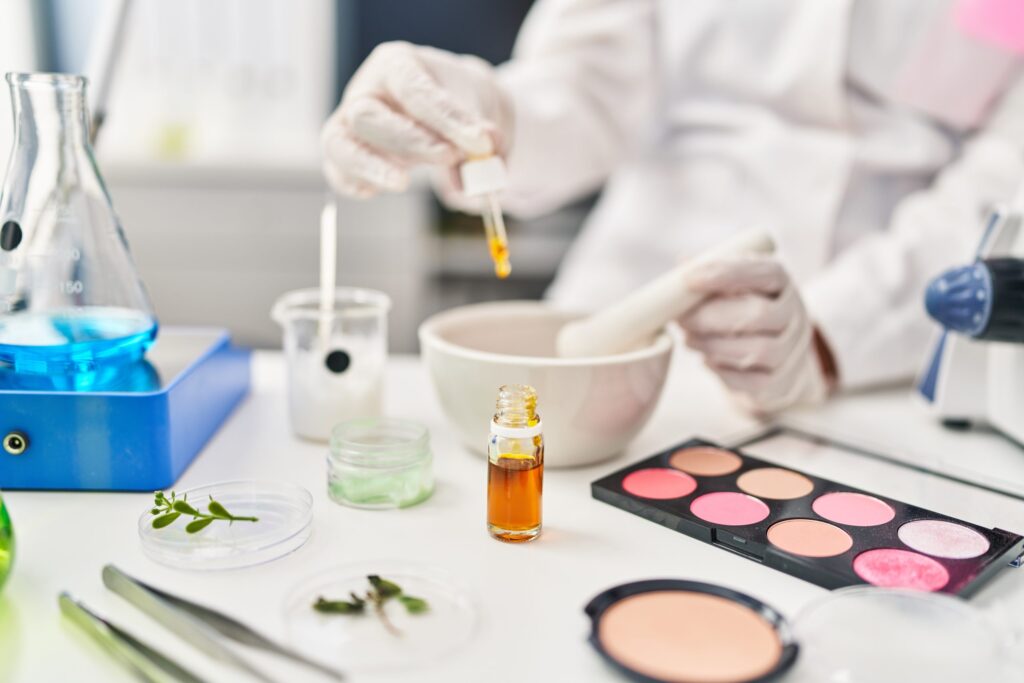
Oil-Free
Popular with acne-prone and oily skin consumers, this claim suggests the product won’t add extra oil to the skin.
While “oil-free” products lack heavy oils, they may still contain other emollients or silicones that could clog pores. Some oil-free products also have hydrating ingredients like glycerin, which can still be beneficial for oily skin.
Oil-free can be helpful for oily or acne-prone skin, but ingredients like silicones may still clog pores for some users.
pH-Balanced
The skin has a slightly acidic pH, and pH-balanced products claim to maintain this ideal level, which can protect the skin barrier.
pH-balanced products can help avoid disruptions to the skin barrier, particularly with cleansers. However, not all skin types need strictly pH-balanced products; many people tolerate slight variations without issues.
While pH-balanced products may benefit sensitive skin, they aren’t a necessity for everyone.
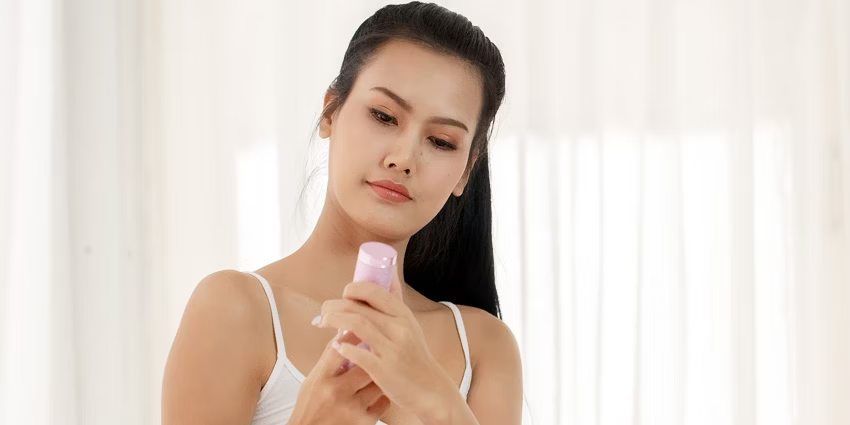
Conclusion
In the world of beauty, it can be challenging to separate genuine benefits from exaggerated marketing. Many cosmetic claims are based on selective interpretations, but understanding what each term means helps you make smarter beauty choices. When in doubt, focus on ingredient lists and verified certifications for the best results. By questioning claims and verifying information, you’re better equipped to invest in products that deliver on their promises.
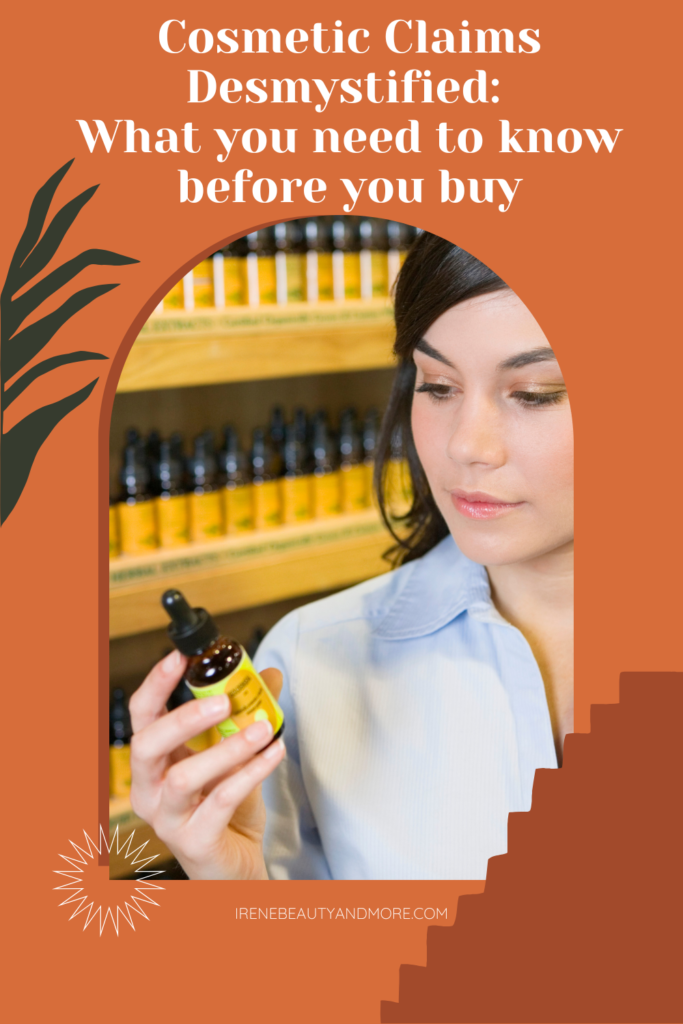
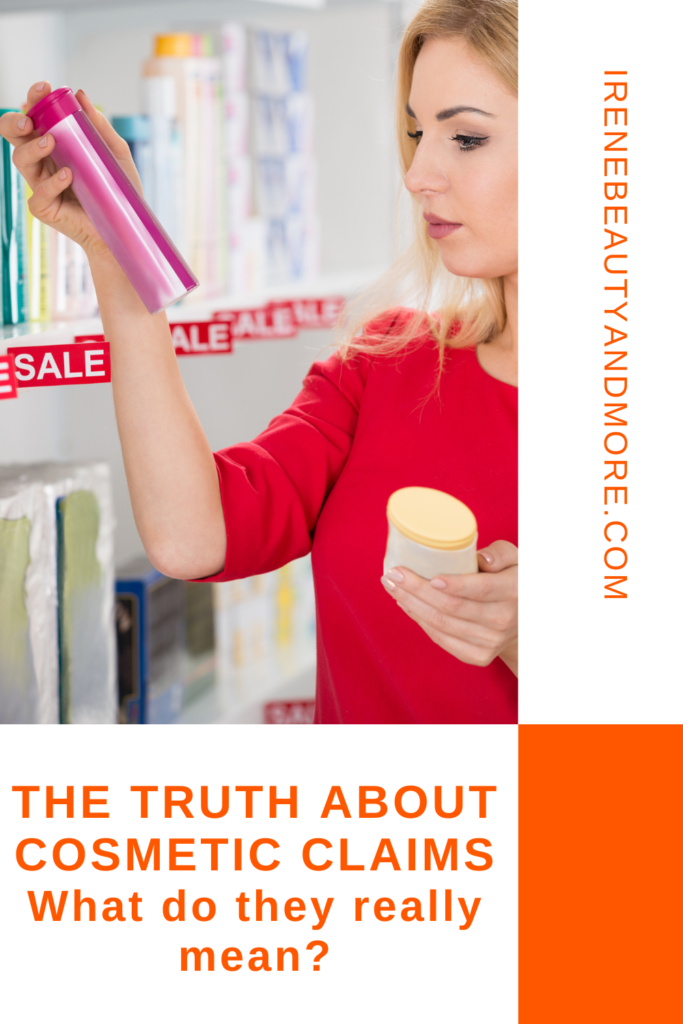
Bear in mind that some of the links in this post are affiliate links and if you go through them to make a purchase I will earn a commission. Keep in mind that I link these companies and their products because of their quality and not because of the commission I receive from your purchases. The decision is yours, and whether or not you decide to buy something is completely up to you.
